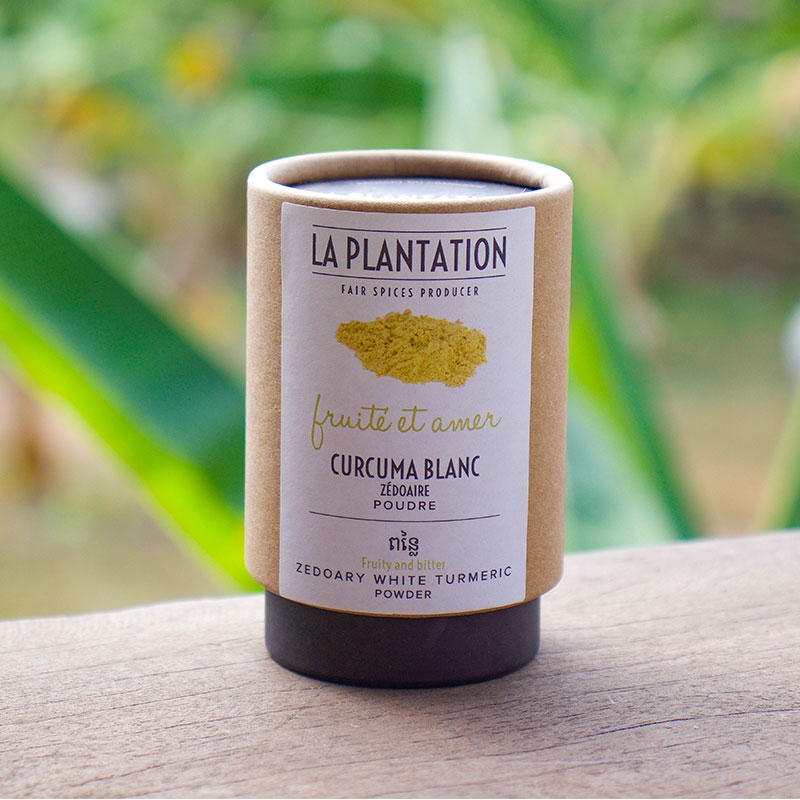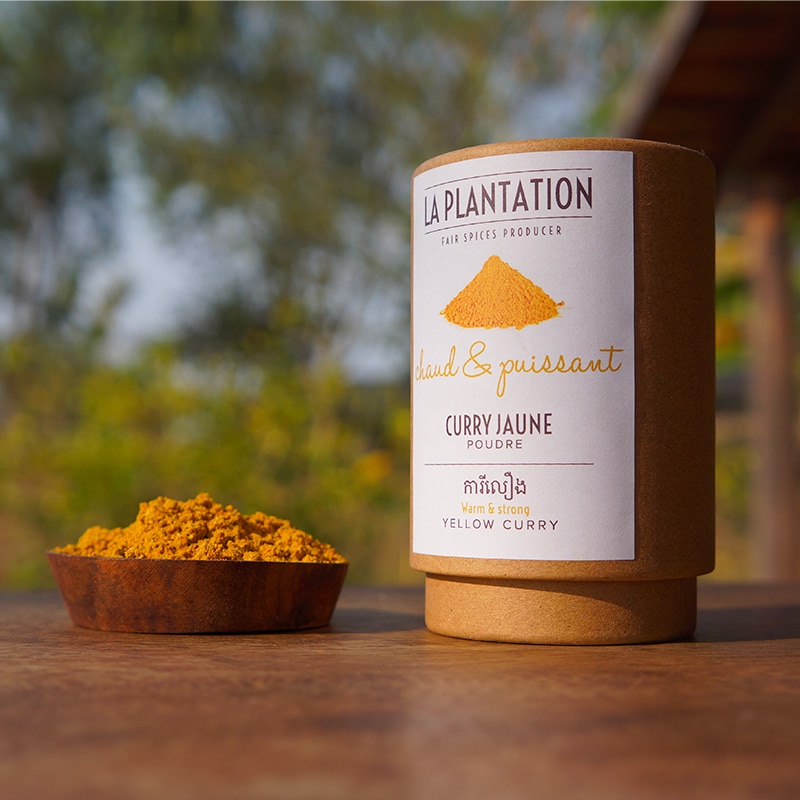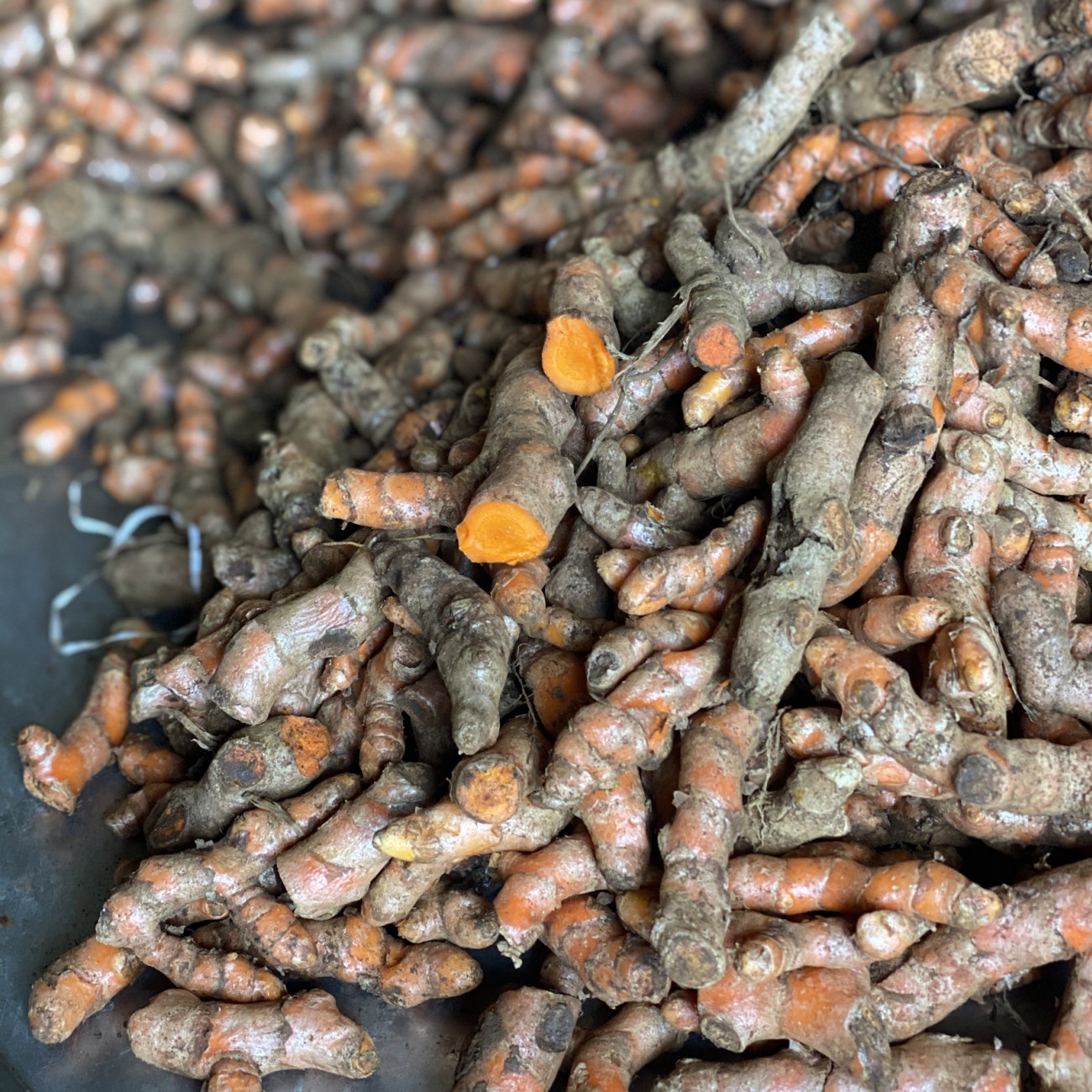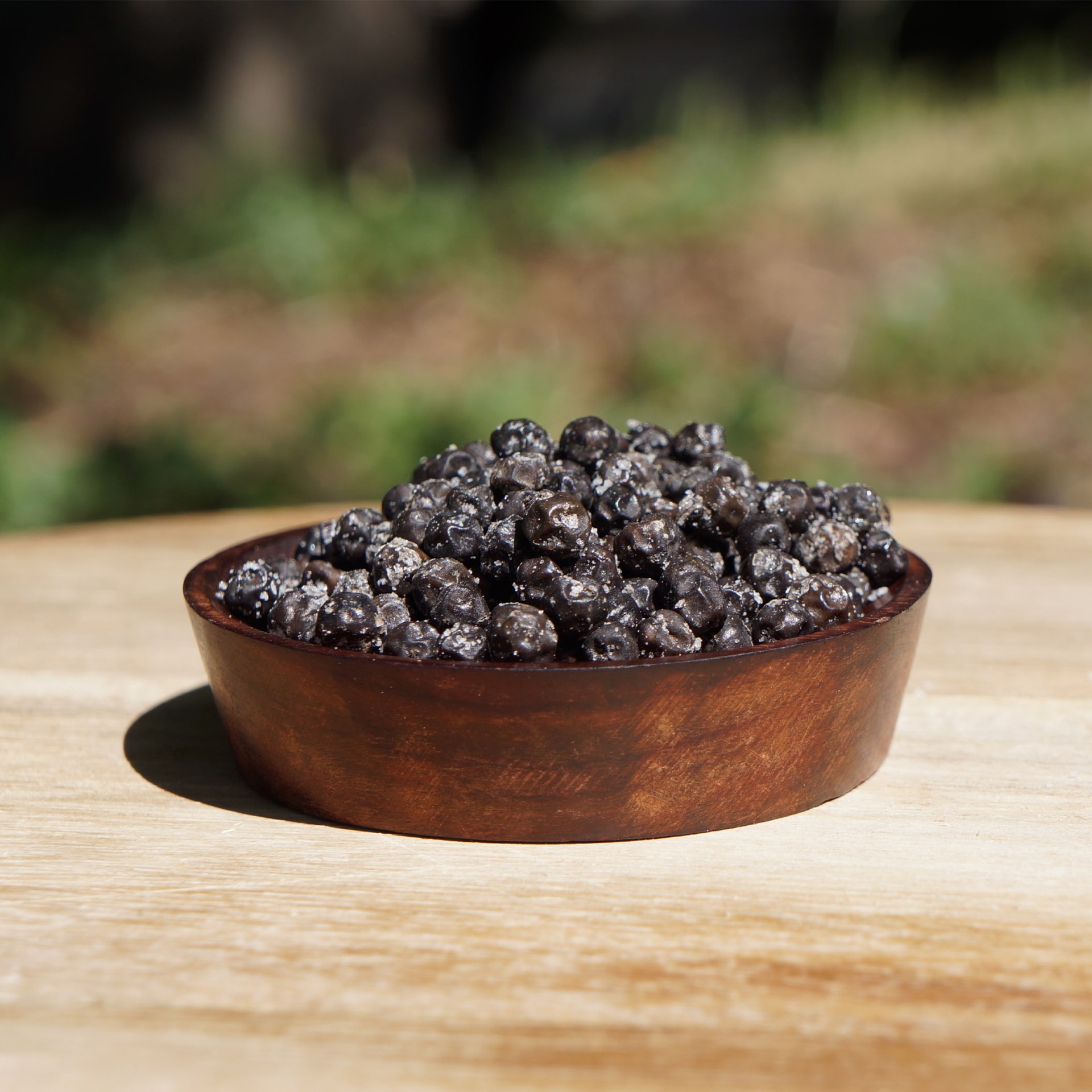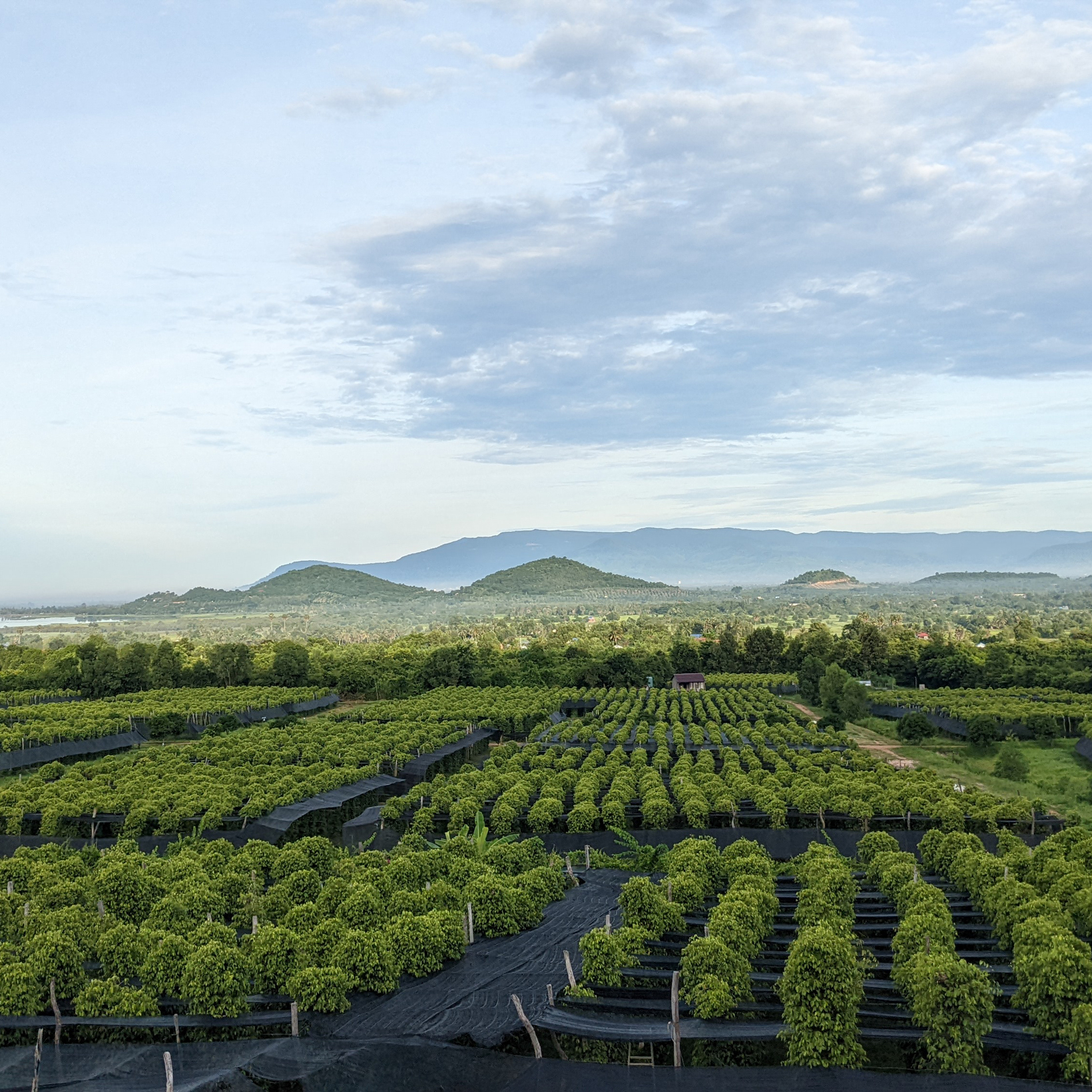
Do you know everything about Curry?
Few dishes can boast the rich tapestry of flavours and aromas that curry brings to the table. This beloved and diverse culinary creation has captured the hearts and palates of people around the world. Whether you savor it in a Cambodian green curry, indulge in a hearty Indian masala, or enjoy a comforting Japanese katsu curry (FR), the world of curry is as vast as it is delicious… Let’s explore it together!
A Brief History of Curry
The word “curry” is often associated with Indian cuisine, but its roots extend far beyond the Indian subcontinent. The term”curry” is derived from the Tamil word “kari,” which means sauce. Ancient Indian texts, such as the Mahabharata and Ramayana, make reference to dishes resembling modern-day curries. However, it was during the British colonization of India that curry was introduced to the Western world.
The British fascination with Indian cuisine led to the popularization of curry in Europe in the 18th and 19th centuries. The invention of curry powder by the British simplified the preparation of this complex dish, making it accessible to a broader audience. Over time, curry adapted to local tastes and ingredients in different regions, resulting in a plethora of distinct styles.
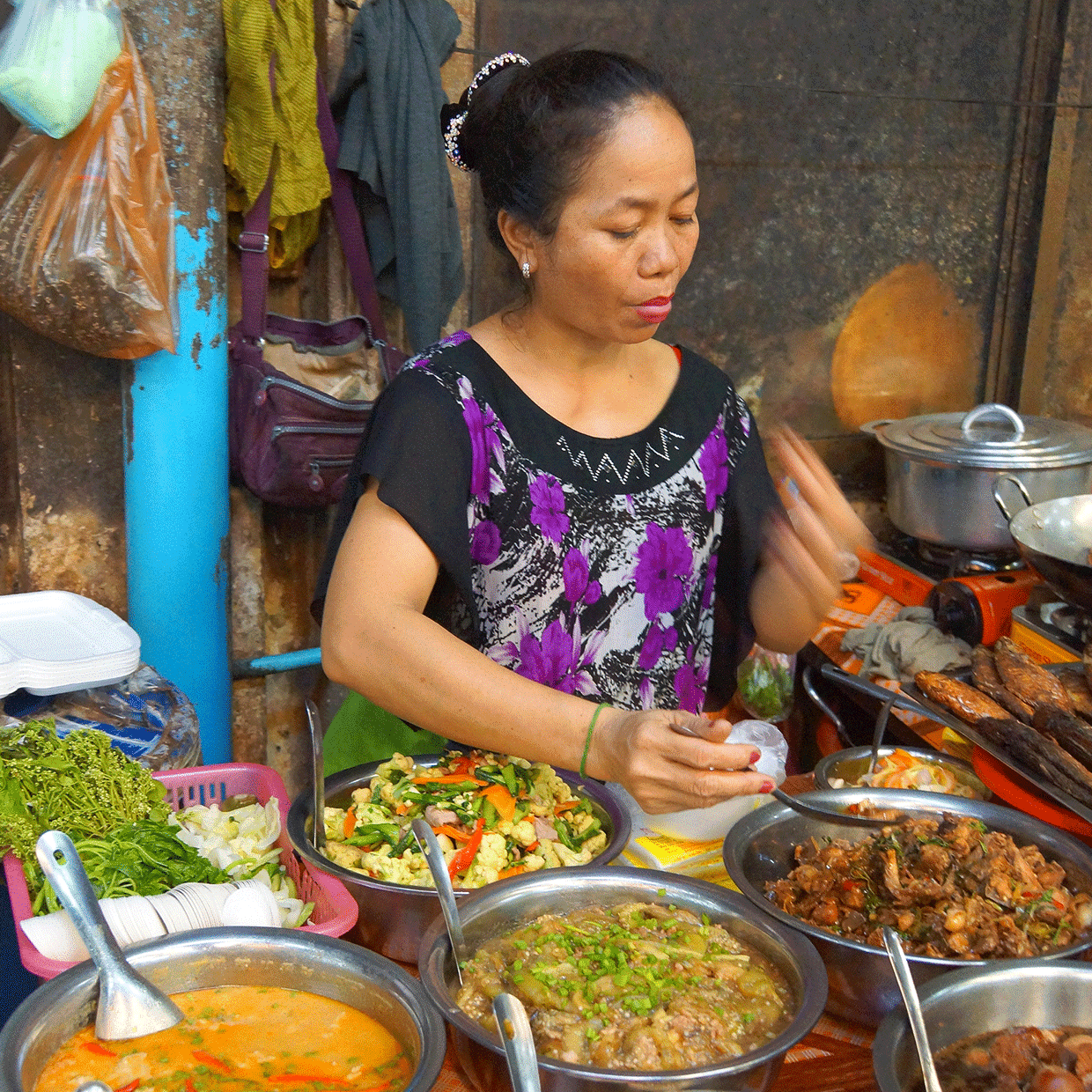
Cultural Significance and Variations of Curry
Curry is more than just a meal; it is a cultural and culinary symbol. In India, curry is an integral part of daily life and a reflection of the country’s diverse regional cuisines. Each region boasts its unique curry variations, with ingredients and spices reflecting local availability and traditions.
– Thailand is famous for its red, green, and yellow curries, each distinguished by the type of chili used and the balance of sweet, salty, sour, and spicy flavors. Ingredients like coconut milk, Galangal, and Kaffir Lime Leaves, and Thai basil are common in Thai curries.
– Japanese curry, known as “kare raisu,” is a testament to the nation’s ability to adopt foreign flavors and make them their own. Introduced by the British during the Meiji era, Japanese curry has become a beloved comfort food. It often includes vegetables like potatoes and carrots, served with rice and breaded meat or tofu.
– In the Caribbean, curry plays a prominent role in dishes like Jamaican curry chicken and Trinidadian curry goat. These dishes are a testament to the diverse influences that have shaped the region’s cuisine, including African, Indian, and European flavors. They feature tropical ingredients like coconut, scotch bonnet chilies, and fresh herbs. They are typically served with rice and beans.
– Sri Lankan curries are known for their fiery heat and rich coconut base. They feature an array of ingredients, including seafood, vegetables, and meats, seasoned with spices like Cinnamon, Cardamom, and cloves.
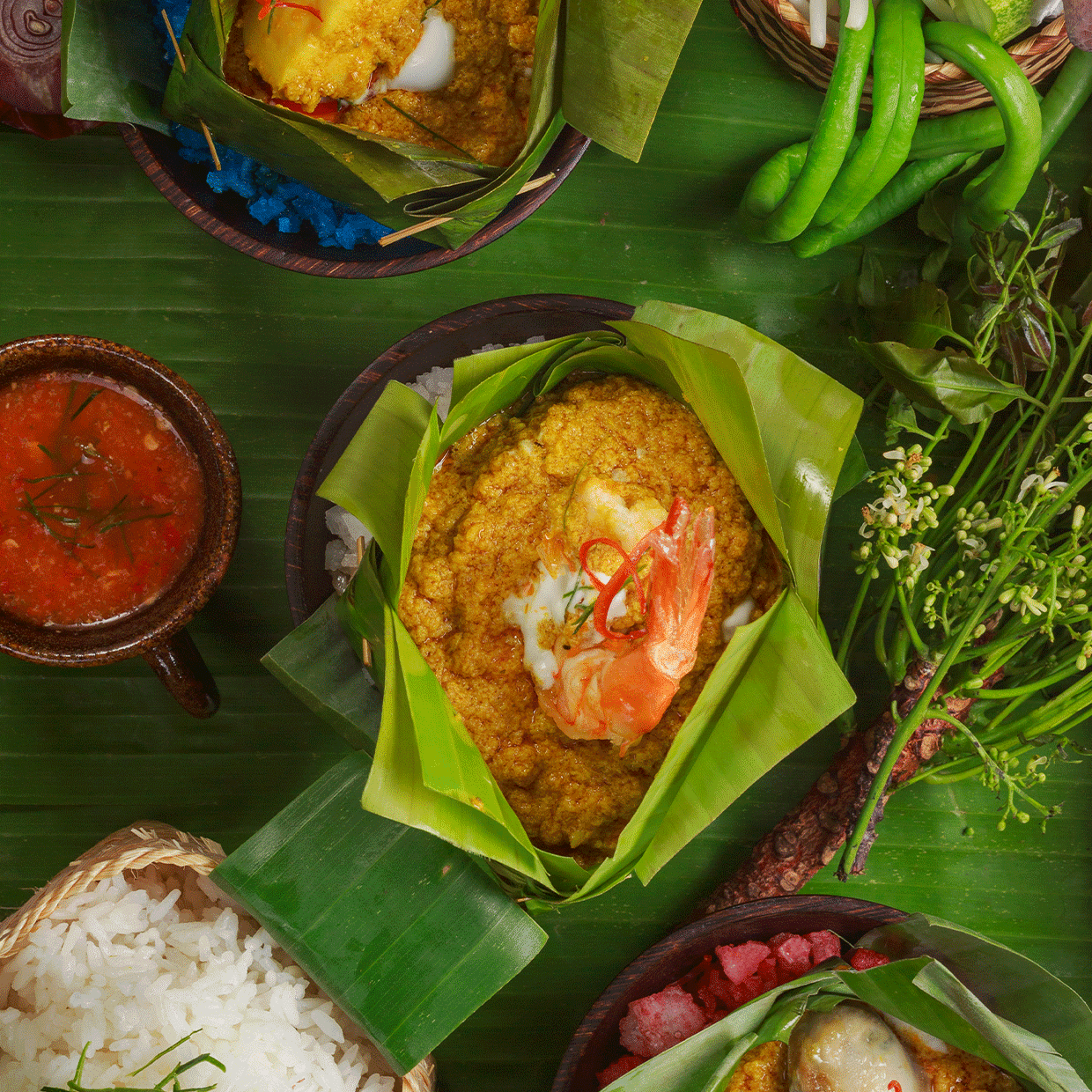
The Art of Curry in Khmer culture
Cambodian curry, also known as “Amok” or “Saraman,” is a flavorful and aromatic dish that is distinctive in its use of spices and ingredients. While Cambodian cuisine shares some similarities with neighboring countries like Thailand and Vietnam, it also has its unique spice blends and combinations that give its curries a distinctive taste. Here’s a closer look at the spices commonly found in Cambodian curry:
– Kroeung Paste: Kroeung is the base of many Cambodian curries, including Amok. It is a fragrant paste made by blending together various aromatic ingredients, such as Lemongrass, galangal, turmeric, garlic, and kaffir lime leaves. This paste serves as the foundation for the rich flavors of Cambodian curry.
– Turmeric: Turmeric is a key ingredient in Cambodian curry and gives it a vibrant yellow color. It not only imparts a beautiful hue but also adds an earthy, slightly bitter flavor to the dish. Turmeric is believed to have various health benefits and is commonly used in Cambodian cuisine for both its taste and color.
– Galangal: Galangal is a rhizome similar to ginger but with a unique flavor profile. It is slightly citrusy, piney, and peppery, adding depth and complexity to Cambodian curries. Galangal is often used in the kroeung paste, contributing to the curry’s aromatic character.
– Lemongrass: Lemongrass is another essential ingredient in Cambodian curry. Its bright, citrusy, and herbaceous notes provide a refreshing contrast to the richness of the other spices. Lemongrass stalks are typically crushed or chopped and added to the kroeung paste for their distinctive flavor.
– Kaffir Lime Leaves: Kaffir lime leaves are widely used in Cambodian curry for their unique fragrance and flavor. These leaves have a strong citrus aroma and are often torn or finely sliced before being added to the curry. They provide a bright, zesty note to the dish.
– Dried Red Chilies: Cambodian curry can be moderately spicy, and dried red chilies are used to add heat to the dish. The level of spiciness can be adjusted to suit individual preferences, with some variations being milder and others packing more of a punch.
– Coconut Milk: While not a spice, coconut milk is a crucial component of Cambodian curry. It adds creaminess and sweetness to the dish, balancing the spices and creating a rich, velvety sauce.
– Other Spices: Depending on the specific recipe and regional variations, Cambodian curry may include additional spices like cloves, cinnamon, cardamom, and star anise. These spices contribute to the complex flavor profile of the curry.
– Fish Sauce and Palm Sugar: These two ingredients are commonly used for seasoning Cambodian curry. Fish sauce provides a savory, umami depth, while palm sugar adds a touch of sweetness to balance the flavors.
In Cambodian cuisine, the art of making curry lies in the careful balance of these spices and ingredients. The result is a harmonious blend of flavors and aromas that is both comforting and deeply satisfying.
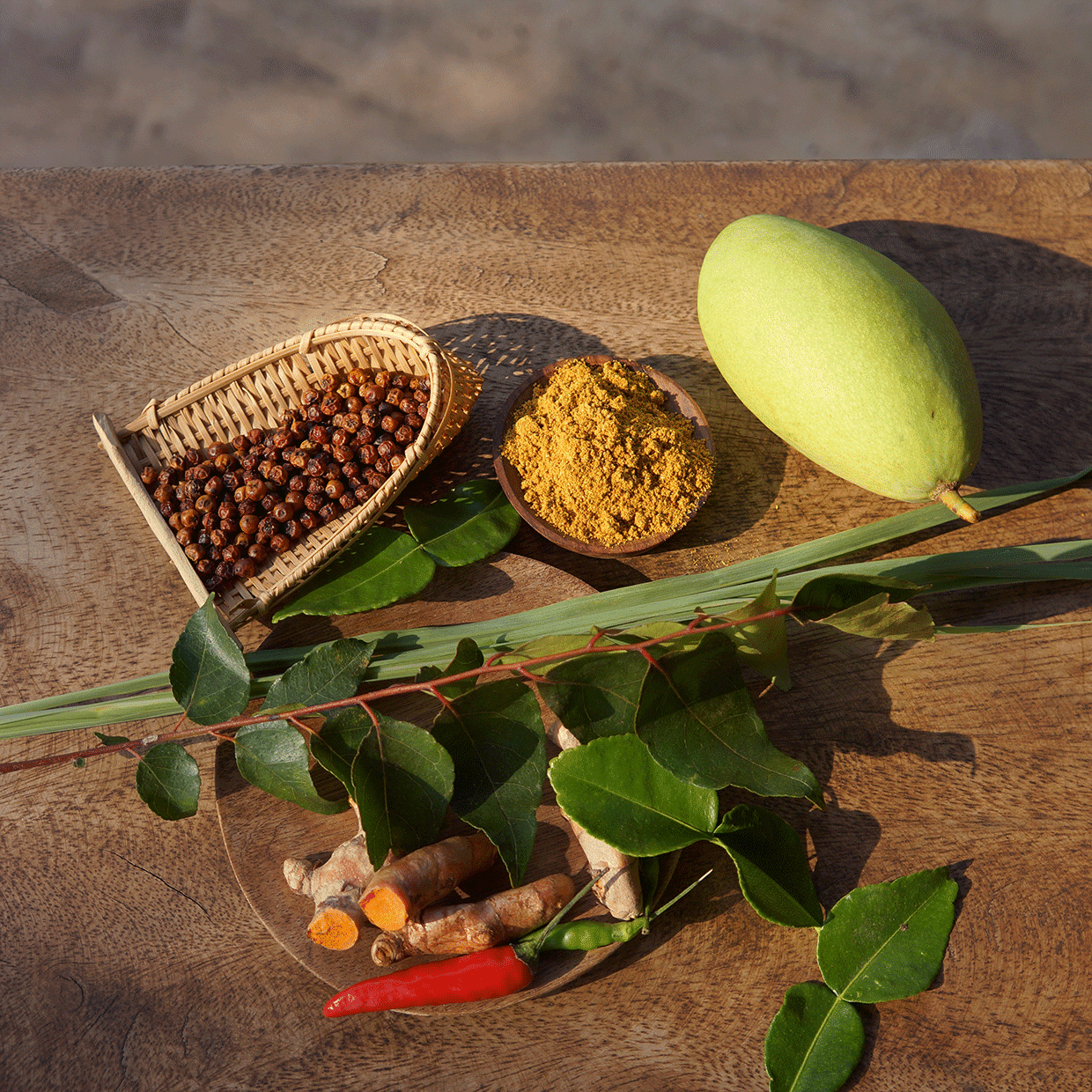
Our ready-to-use curry blends
If you are unsure where to start your curry journey, we created a range of 3 different curries.
– Our Khmer Green Curry is an ode to Khmer cuisine which is fragrant but not spicy. You will find lemon and vegetal notes in this curry, which is made of Lemongrass, Green Sweet Long Chili, Dehydrated Green Kampot Pepper, Turmeric and our Kampot Flower of Salt. It is ideal for soups, white meat, fish, and rice, with coconut milk or on its own.
– Our Khmer Red Curry features Red Sweet Long Chili, Lemongrass, garlic, Red Long Pepper, Turmeric, and Kampot Flower of Salt. It will add an incredible touch a spice to tofu, chicken, duck, beef, shrimps, and veggies!
– Our Yellow Curry, is our latest addition! Slightly hotter than our previous two mixes. Like all our curries, Yellow Curry’s main ingredient is turmeric. La Plantation’s Turmeric has a unique curcumin content of over 12%. As a result, it has many recognized benefits for the body. Combined with Kampot Pepper, it is easily absorbed by the body. Don’t hesitate to add it to chicken sauce, mayonnaise or vinaigrette for a spicy twist.
Curry is a testament to the beauty of culinary fusion, diversity, and adaptation. It has transcended cultural boundaries, bringing people together through its tantalizing flavors and aromatic spices! Whether you’re attempting to recreate a traditional Cambodian curry, or making your own version at home, our distinctive spice blends are sure to transport your taste buds to the heart of Cambodia’s, and South East Asia culinary traditions.

